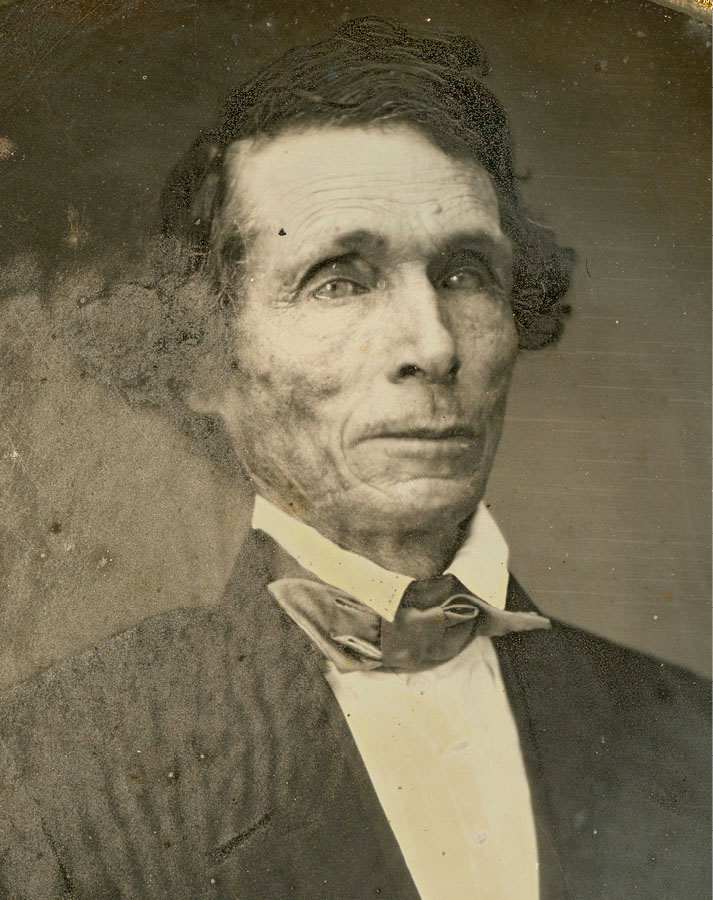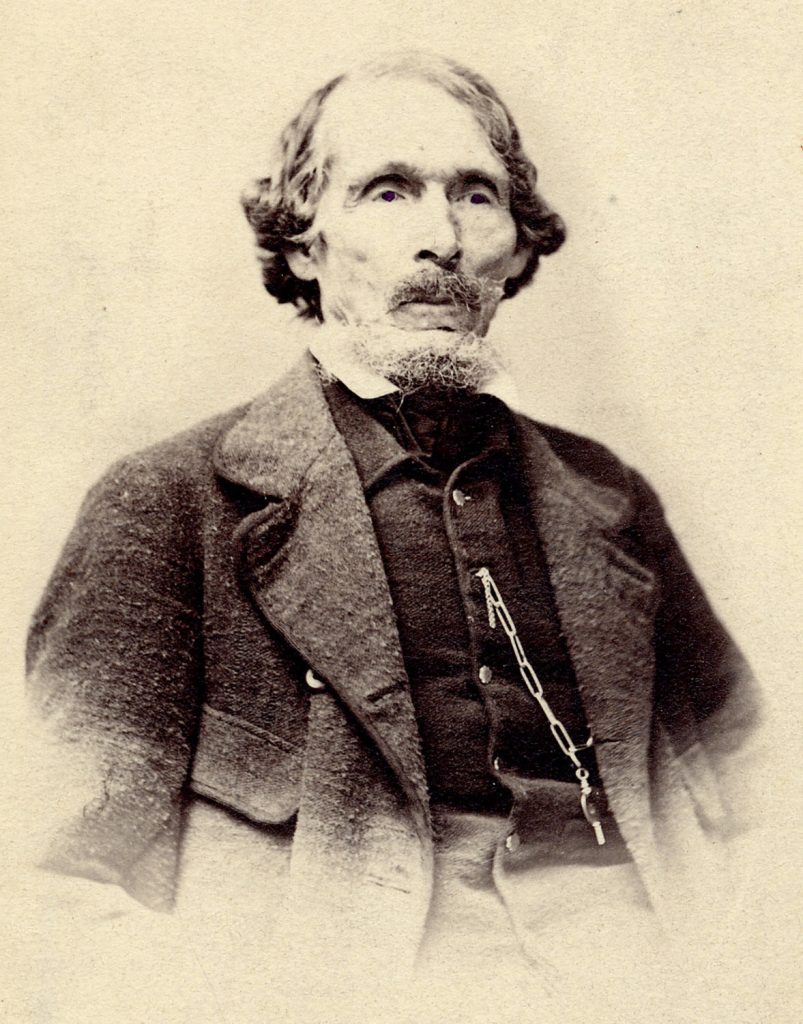William Wines Phelps
(1792-1872)




By Susan Easton Black
William, a newspaperman in Ontario, New York, purchased a Book of Mormon on April 9, 1830 from Parley P. Pratt. He stayed up all night comparing the Book of Mormon text with verses in the Bible. The next morning he declared, “I am going to join that church; I am convinced that it is true.”1 In a letter to Oliver Cowdery printed in the Messenger and Advocate, William wrote of feeling joy by reading the Book of Mormon: “From the first time I read this volume of volumes, even till now, I have been struck with a kind of sacred joy at its title page. . . . What a wonderful volume!”2
In May 1831 William wrote his valedictory editorial in the Ontario Phoenix and moved onto Kirtland, hoping to share his publishing talents with the Church. In Independence, Missouri, the Prophet Joseph received a revelation directing William to “be planted in this place, and be established as a printer unto the church” (D&C 57:11). William printed the first newspaper of the Church, The Evening and the Morning Star.
In July 1833 a mob destroyed his printing office in Independence. William offered himself as a ransom, being willing to be scourged or put to death if the mob would cease their destruction of property. His offer was rejected. William and his family were driven out of Independence.
William journeyed to Kirtland to speak with Church leaders about problems faced in Independence. While there, he helped prepare the 1835 edition of the Doctrine and Covenants and the first Church hymnbook. In addition, he served as a scribe to Joseph Smith as he dictated the writings of Abraham. At the Kirtland Temple dedication in March 1836 his hymns were sung, including “The Spirit of God like a Fire Is Burning.” He saw heavenly personages in the upper story of the temple.
After the dedication, William returned to Missouri with Church funds to purchase land in Far West. Irregularities in the purchase revealed that he and John Whitmer personally profited from the transaction. On November 1, 1837 the Lord revealed to Joseph Smith, “John Whitmer and William W. Phelps have done those things which are not pleasing in my sight” (D&C 125:1). In March 1839 the two men were excommunicated. William became a bitter enemy of the Prophet.
By 1840 he felt remorse over his sentiments and actions and wrote to Joseph, “I am as the prodigal son, though I never doubted or disbelieved the fulness of the Gospel. I have been greatly abused and humbled. . . . I have done wrong and I am sorry. The beam is in my own eye. I have not walked along with my friends according to my holy anointing.”3 Joseph replied to William, “It is true, that we have suffered much in consequence of your behavior—the cup of gall, already full enough for mortals to drink, was indeed filled to overflowing when you turned against us. Had it been an enemy, we could have borne it . . . Come on, dear brother, since the war is past, for friends at first, are friends again at last.”4
The breach between the Prophet Joseph and William W. Phelps mended quickly. By 1844 William was serving on the Nauvoo City Council. He was with the Prophet Joseph and his brother Hyrum as they journeyed to Carthage on June 24, 1844. He visited with them on the morning of June 27th in Carthage Jail.
Following the martyrdom, William expressed a willingness to follow the Twelve: “We have hitherto walked by sight, and if a man wanted to know anything he had only to go to Brother Joseph. Joseph has gone, but he has not left us comfortless. . . . If you want to do right, uphold the Twelve. . . . I will sustain the Twelve as long as I have breath.”5 William joined the Latter-day Saint exodus from Nauvoo to Iowa Territory. He then crossed the plains to reach the Salt Lake Valley. In the valley he served as a member of the constitutional convention, speaker of the House of Representatives, and on the University of Deseret board of regents.
William died in March 1872 at age 80.
1. Walter Dean Bowen, “The Versatile W. W. Phelps—Mormon Writer, Educator, Pioneer,” M.S. thesis, Brigham Young University, August 1958, p. 23.
2. “Letter of William W. Phelps to Oliver Cowdery,” Messenger and Advocate 1 (February 1835), p. 177.
3. Letter from William W. Phelps with Appended Letter from Orson Hyde and John E. Page, 29 June 1840. Joseph Smith Papers.
4. History, 1838-1856, volume C-1, [2 November 1838-31 July 1842]. Joseph Smith Papers.
5. History, 1838-1856, volume F-1, [1 May 1844-8 August 1844]. Joseph Smith Papers.
Additional Resources
- Biography of William Wines Phelps (josephsmithpapers.org)
